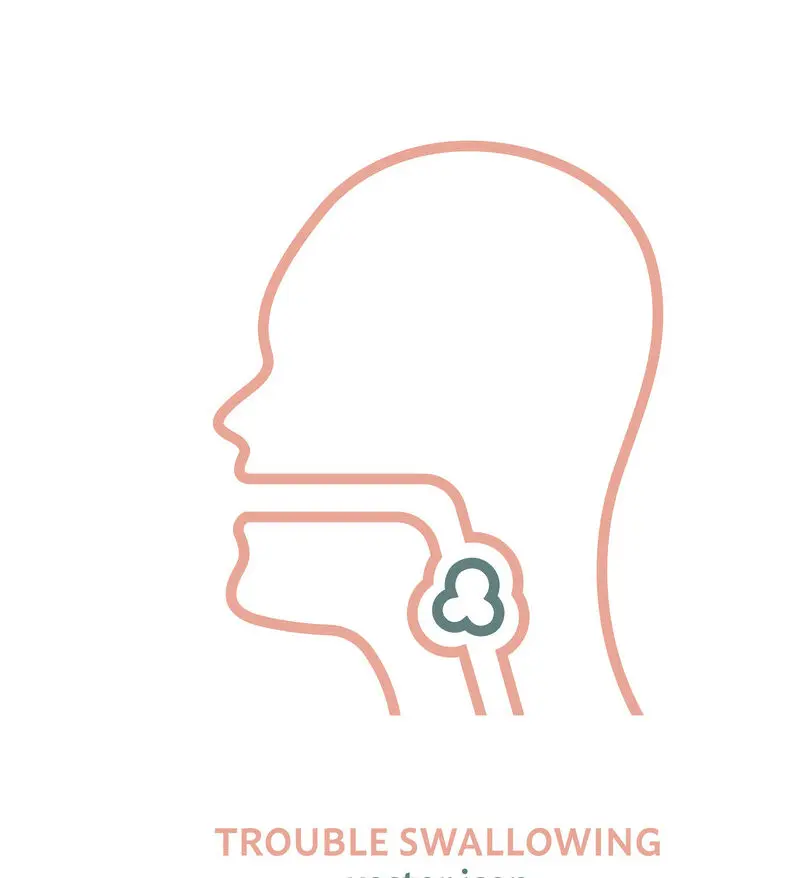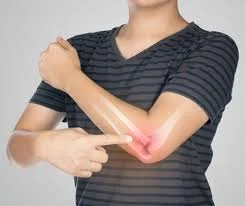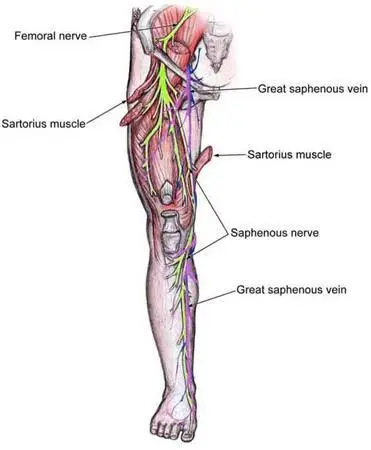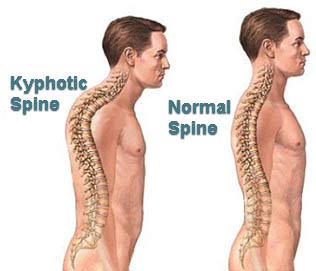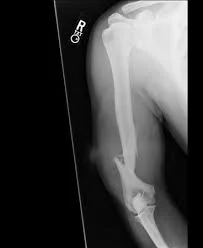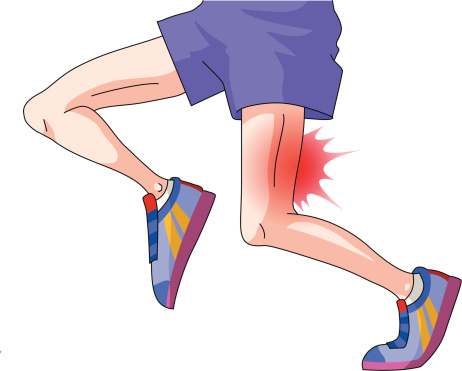Aphagia: The Inability to Swallow
Table of Contents
What is Aphagia?
The incapacity or refusal to swallow is known as aphagia. The word comes from the prefix α in Ancient Greek, which means “not” or “without,” and the suffix φαγία, which comes from the verb which means “to eat.
It is connected to two conditions: odynophagia, or painful swallowing (from ὀδύνη, odyn(o), meaning “pain”) and dysphagia, or trouble swallowing (Greek prefix δυσ, dys, = difficult, faulty).
Aphagia can be either short-term or long-term, depending on the organ involved.
It’s a severe dysphagia that could be fatal. If left untreated, dysphagia may progress to aphagia, depending on the cause
What are the Symptoms of Aphagia?
Depending on the underlying cause, aphagia symptoms could differ, however, they may include:
- Having trouble swallowing food or drinks
- Drooling
- Coughing or choking when trying to swallow
- Weight loss
- Dehydration
- Pneumonia
- Heartburn or chest discomfort
- Pain while swallowing
- Regurgitation or vomiting
What are the Classifications of the Aphagia?
The following behavioral classifications are the outcome of rat research where the brain’s lateral hypothalamus area was surgically injured.
Passive Aphagia
When food is offered to an animal that has passive aphagia, it will not react. But if you put food in the animal’s mouth, it will chew it.
Active Aphagia
A total refusal of food is known as active aphagia. The animal will actively push its head or push food away. A person may sniff or taste the food before spitting anything out of their mouth. The animal will thereafter exhibit a total aversion to the meal. Food causes the animal to react by making it taste bad or bitter.
Mixed Aphagia
The animal first shows neither a positive nor negative response when given food. On the other hand, the animal displays active aphagia when food is placed in its mouth, spitting it out and then not eating it.
What causes Aphagia?
Aphagia typically results from a variety of diseases and medical treatments. The following are the main causes of aphagia
Aesophageal cancer
The cancer of the esophagus comes in two forms. The adenocarcinoma originates from epithelial cells found at the esophageal-gastric junction or the squamous cell cancer originating from the tongue’s squamous cells.
This causes a tumor to grow locally and ultimately spread. Larger tumors from this spreading could make it impossible to swallow.
Aesophageal webs: esophageal membranes which are thin. The esophagus can narrow due to abnormalities
Globus pharyngis: Usually described as lumps in the throat.
Myasthenia gravis: The thymus gland appears to be important to the pathophysiology of myasthenia gravis and is believed to be required for the removal of auto-reactive T lymphocytes. The thymus is usually enlarged in patients and has several germinal centers with patches of T and B cells that resemble lymph node tissue. In diseases linked to thymomas, the tumor is usually epithelial in origin.
Facioscapulohumeral muscular dystrophy: considering the fact that the pharynx and upper aesophageal striated muscle and facioscapulohumeral muscular dystrophy do not clearly correlate. There was mild, nonspecific primary aesophageal dysmotility, as Joerg-Patrick Stübgen’s 2008 investigation revealed.
Multiple sclerosis: may result in dysmotility of the esophagus
Chemotherapy: Radiation therapy used to treat cancer can create a stricture in the throat that prevents swallowing.
Stroke: This condition can lead to aspiration of food or fluids into the lungs, which can result in pneumonia, primarily in older stroke patients.
Parkinson’s disease: Extrapyramidal and autonomic nervous system abnormalities may be linked to the mechanism of swallowing problems in Parkinson’s disease.
Swallowing is originally caused by the three cardinal symptoms of Parkinson’s disease: tremor, bradykinesia, and rigidity. These symptoms are primarily seen in the latter stages of the disease.
Aphagia can also result from damage to the lateral hypothalamus, as demonstrated by Timothy Schallert and Ian Whishaw’s 1978 study.
Conversion disorders, cervical spine disease, and depression could be other factors.
It is significant to remember that all of these causes are indirect, with the exception of the lateral hypothalamus injury.
Aphagia vs Aphasia
| no | aphasia | aphagia |
| Affect | Impacts communication: This is a brain damage-related language problem. Individuals suffering from aphasia may experience difficulties with speaking, understanding spoken language, writing, reading, or communicating through gestures. | Impacts swallowing: This refers to the incapacity or inability to swallow, which makes it challenging or impossible to take in food and drinks. |
| Causes | Aphasia may result from brain damage to the areas in responsible for language processing caused by a stroke, head accident, tumor, or infection. | Aphagia is frequently caused by neurological diseases, muscular difficulties, esophageal issues, or psychological causes such as extreme anxiety or sadness, while brain injuries are occasionally the cause. |
| Symtoms | People may have trouble locating words, interpreting sentences, producing grammatically sound sentences, or even recognizing familiar words, depending on the type and degree of their aphasia. | People with aphagia may experience drooling, choking, pain while swallowing, regurgitation, or involuntary weight loss due to inadequate food intake. |
| Treatment | The primary treatment for aphasia is speech-language therapy, which focuses on regaining language abilities and creating alternate means of communication. | The cause determines the course of treatment. Dietary changes, swallowing exercises, medication, and in extreme situations, surgery, may be necessary. |
Diagnosis and Tests
How is it diagnosed?
Modified barium swallow: Fluoroscopy, or videofluoroscopic swallowing. a lateral video X-ray that offers objective data on the safest consistency for bolus transportation, as well as potential head positions and movements that, based on the anatomy and physiology of each individual, may improve swallow performance.
Which tests will be taken to diagnose this condition?
Esophagogastroduodenoscopy: an endoscopic diagnostic procedure demonstrating the upper gastrointestinal tract.
Esophageal motility study: an examination for assessing the esophagus body’s and the upper and lower sphincters’ motor function.
What are the Treatments for Aphagia?
Making sure the patient receives enough food and fluids is crucial when treating dysphagia oraphagia.
Dietary adjustments and other forms of nutrition may be taken into consideration if a person is unable to adhere to a regular diet.
In order to lessen the amount of mastication (chewing) required for liquids, such as nectar/syrup thickening, honey thickening, and pudding thickening, or to lessen other symptoms of oral dysphagia (like buccal pocketing or anterior loss), solid foods can be thickened.
In more extreme situations, alternative forms of nutrition might also be required (e.g., when an individual is declared NPO and cannot safely consume any food).
Nasogastric (NG) or cutaneous endoscopic gastronomy (PEG) tubes may be inserted in these situations. Reducing the bolus size (little bits or sips) or using postural techniques (tucking the chin in, tilting the head to one side or the other) are examples of further compensatory strategies.
Depending on the location of the breakdown within the swallowing mechanism and the cause of the impairment, a speech-language pathologist is a qualified individual who diagnoses, treats, and recommends these treatments for individuals with aphagia and dysphagia.
In most situations, neuromuscular re-education and strengthening/coordination are the key components of true treatment for dysphagia and aphagia. Oral motor exercises, thermal stimulation of the swallowing trigger, and pharyngeal strengthening exercises can all help achieve this.
Under certain conditions, therapeutic exercises should also be performed in conjunction with neuromuscular electrical stimulation (NMES), which targets muscle fibers from an external source using low-level electrical currents (electrodes placed on the skin’s surface in strategic locations to target muscles and nerves needed during the swallowing process).
The underlying cause of aphagia affects the course of treatment. Treatment options for an organic cause could include radiation therapy, surgery, or medication. Therapy or counseling may be part of the treatment if the cause is functional.
It’s critical to get medical help right away if you suspect that you or someone you care about may have aphagia. Major effects can be avoided with early identification and treatment.
Prognosis
Aphagia’s prognosis varies according to the condition’s severity and underlying cause. While some patients may recover fully with treatment, others would need continuous care to ensure proper hydration and nourishment. Aphasia can occasionally be fatal if it is not appropriately and quickly treated.
Living with Aphagia
Aphagia can be difficult to live with emotionally and physically. Anxiety, depression, and social isolation are common among those with aphagia. To assist individuals in managing this illness and have happy lives, there are plenty of services accessible. People with aphagia can benefit from adaptive equipment, counseling, and support groups in addition to other services.
Conclusion
Aphagia is a serious condition that needs to be treated right away. It is crucial to visit a doctor as soon as possible if you or someone you know is having trouble swallowing in order to receive a diagnosis and go over available treatments. People with aphagia can lead happy, healthy lives if they receive the right support and care.
FAQs
the lack of swallowing capacity. It is frequently used to refer especially to the incapacity to eat. Aphagia may result from cranial nerve injury, oesophageal obstruction or constriction, or abnormalities in the brain’s hypothalamus.
Although having similar spoken and written sounds and appearances, aphasia/dysphasia and aphagia/dysphagia are not the same conditions. The last two have the suffix -phagia, which denotes a swallowing disorder. As a result, both speak of difficulties or a lack of swallowing.
The language disorder aphasia comes on by injury to a particular region of the brain that regulates language understanding and expression. A person with aphasia finds it difficult to interact with others.
References
Aphagia. (2022, March 31). In Wikipedia. https://en.wikipedia.org/wiki/Aphagia

